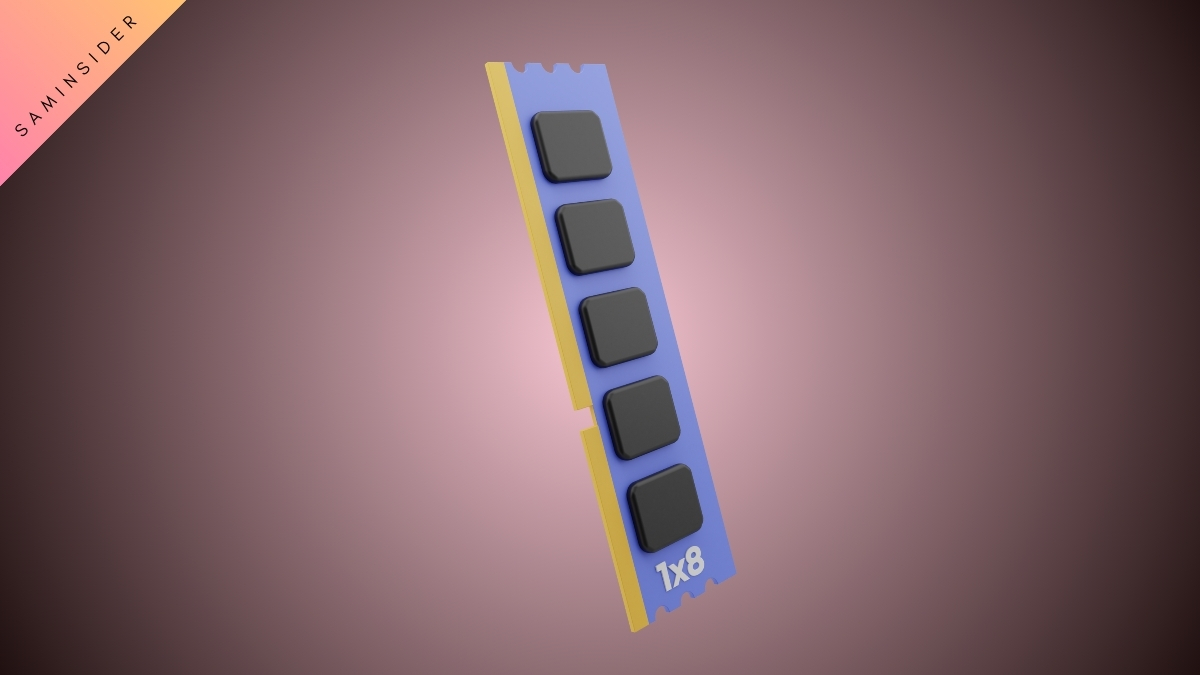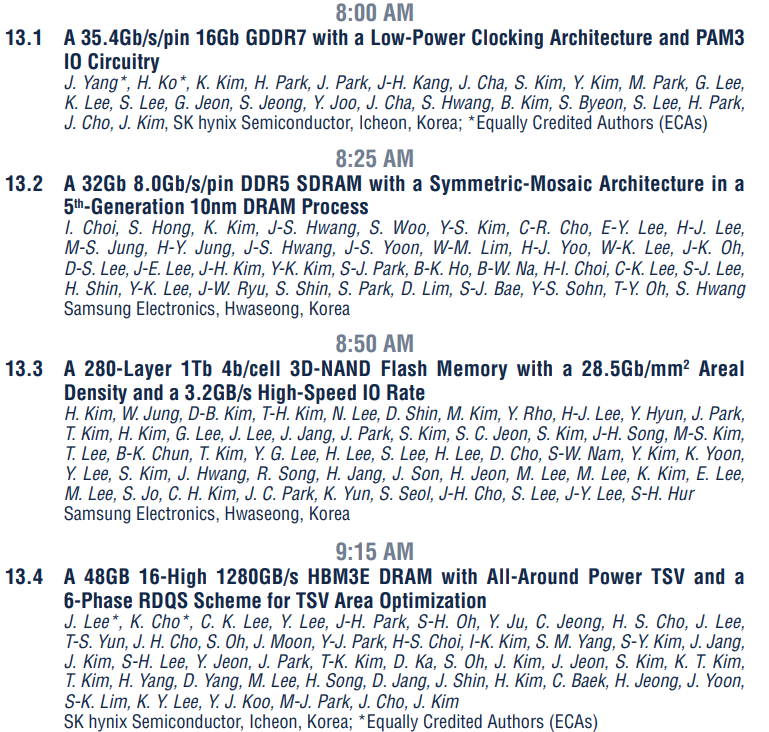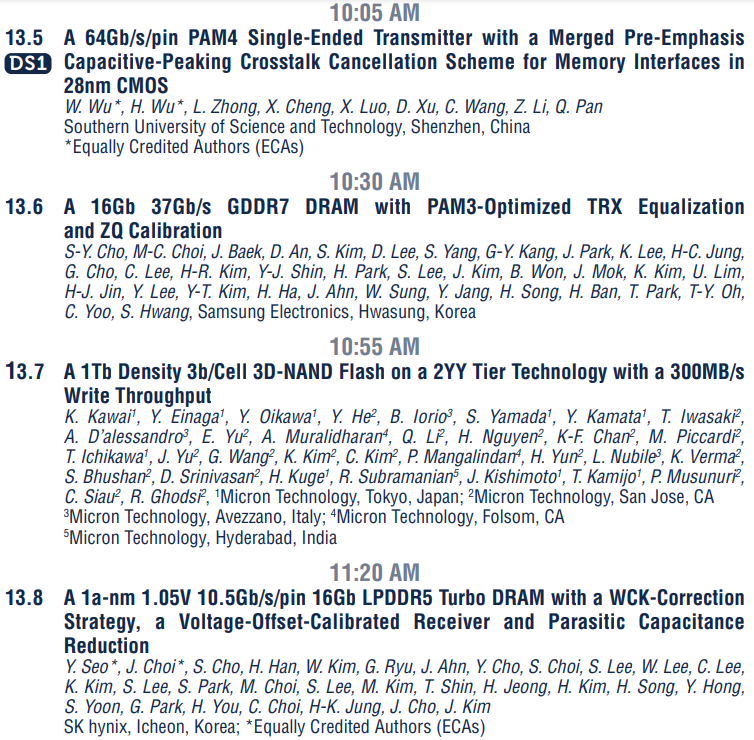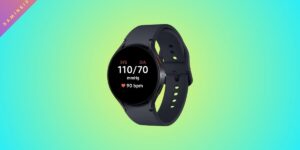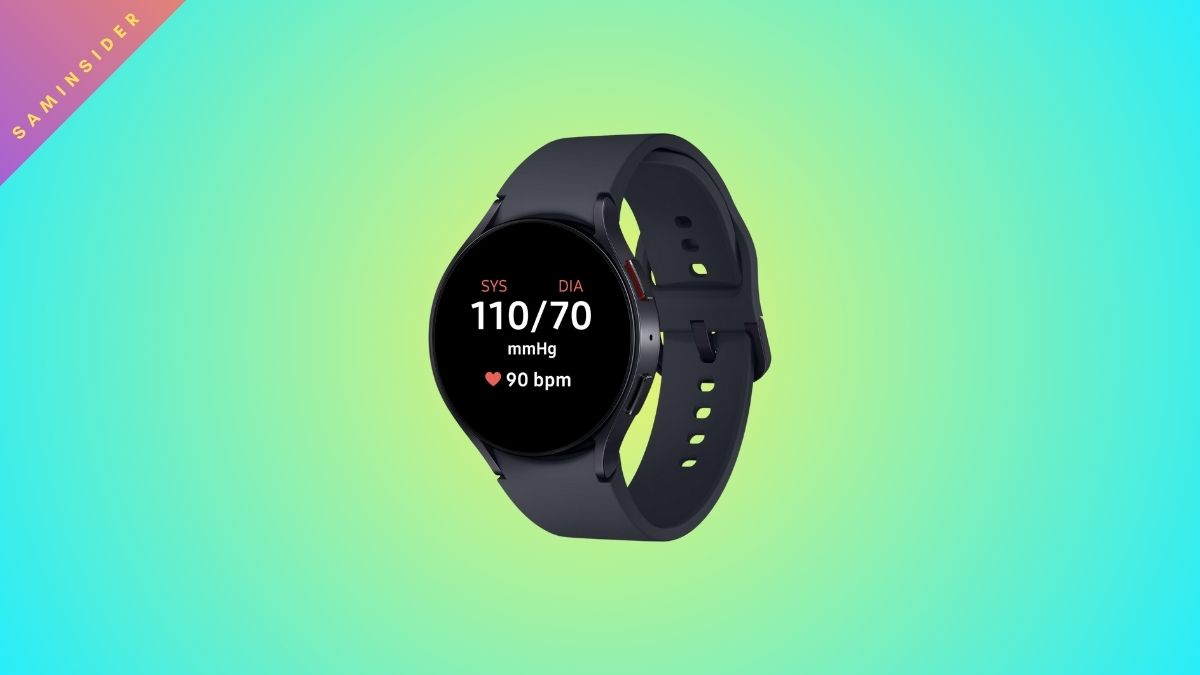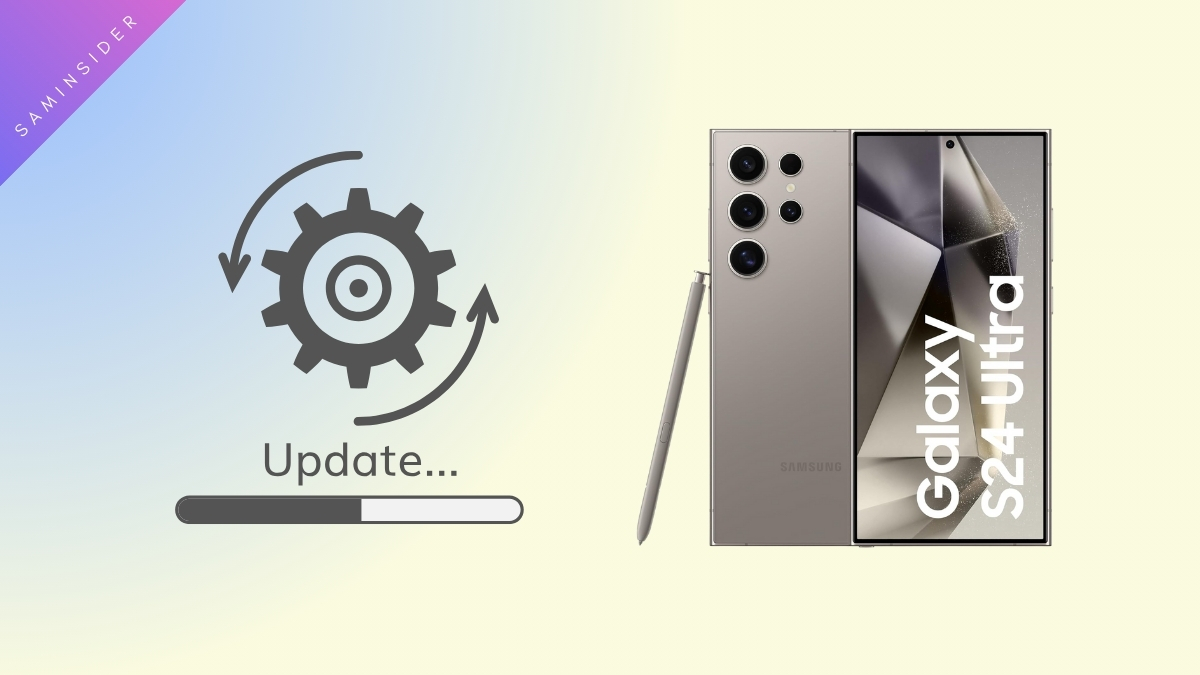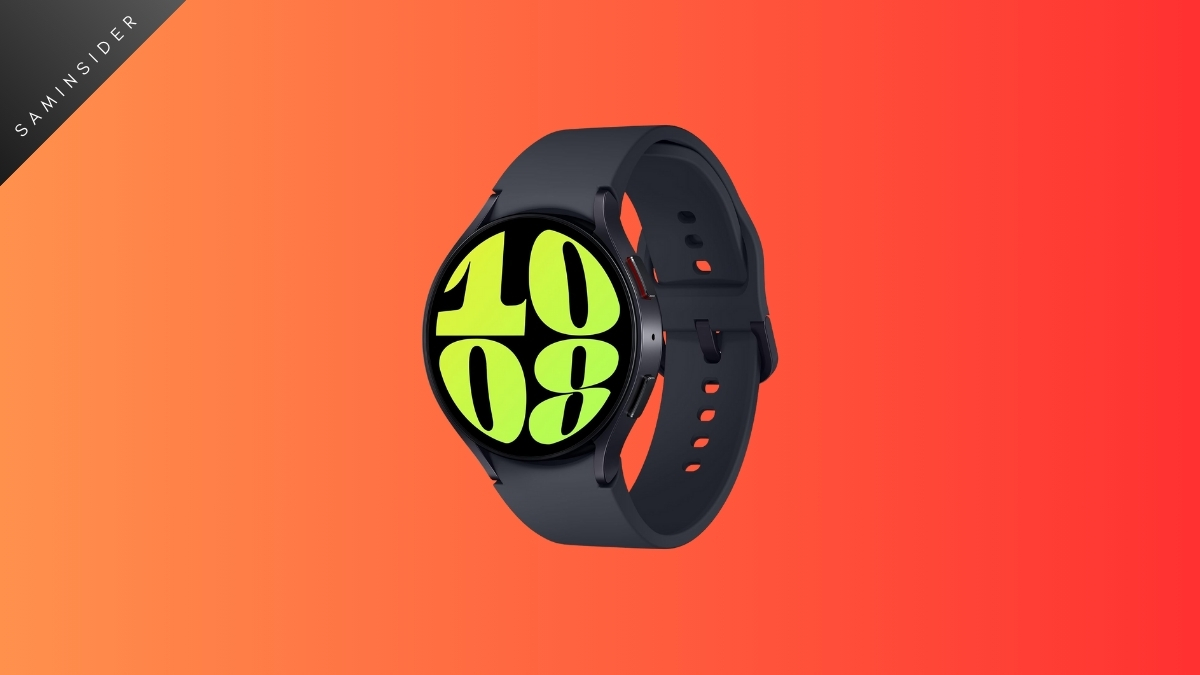To get more storage cells than regular 2D NAND storage, 3D NAND comes into play with higher data density. The layout of the memory cells is more efficient. This type of non-volatile flash memory uses flash memory cells in a vertical stacking for better storage space overall. They offer a decent lifespan and are now an industry standard.
Samsung was the first company to commercialize 3D NAND flash memory chips successfully. This happened in 2013. Samsung makes most of the world’s memory chips at the moment. Samsung is responsible for most hard drives, SSDs, and RAM chips. RAM types like LPDDR5X on flagship smartphones are all from Samsung. Apple gets RAM from Samsung as well.
Samsung has created a new research lab to solidify its lead and expand further on research. The aim is to develop even better 3D DRAM. This lab operates under Device Solutions America (DSA). The headquarters is in Silicon Valley, USA.
This same place oversees Samsung’s production of semiconductors. To improve existing 3D DRAM technology, this lab will now work to develop better models of DRAM. Soon, Samsung could lead the 3D memory chip market.
In October 2023, Samsung was preparing new 3D structures. This is to enable research for DRAM (under 10nm). This allowed single-chip capacities that breached 100 gigabits. At IEEE-SSCC, Samsung is preparing to showcase 3D QLC NAND Flash with 32 Gigabit DDR5-8000 memory chips.
It’ll have a 1TB capacity, and the transfer rates could go as high as 3.2GBPS. The current one’s peak is at 2.4GBPS. It enables the manufacturing 32GB and 48GB dual in-line memory modules. It has better capacity and speeds.
Additionally, Samsung is set to introduce a next-generation DDR5 memory chip with a data rate potential of DDR5-8000 and a 32 Gbit density, equivalent to 4 GB. This development enables the production of 32 GB single-rank PC-DIMMs. The chip utilizes a symmetric-mosaic DRAM cell architecture and is produced using Samsung’s 5th generation 10 nm class process technology tailored explicitly for DRAM products.
AI plays a significant role in this sudden push for better memory. However, losses were incurred from Samsung’s end since there was a market slowdown in DRAM and NAND. There’s a massive 38% decline in year-over-year revenue. Hardware sales are declining worldwide. People are buying fewer PCs and fewer smartphones. An excess of supply and overstocked inventories with no demand for them contributes to this.
